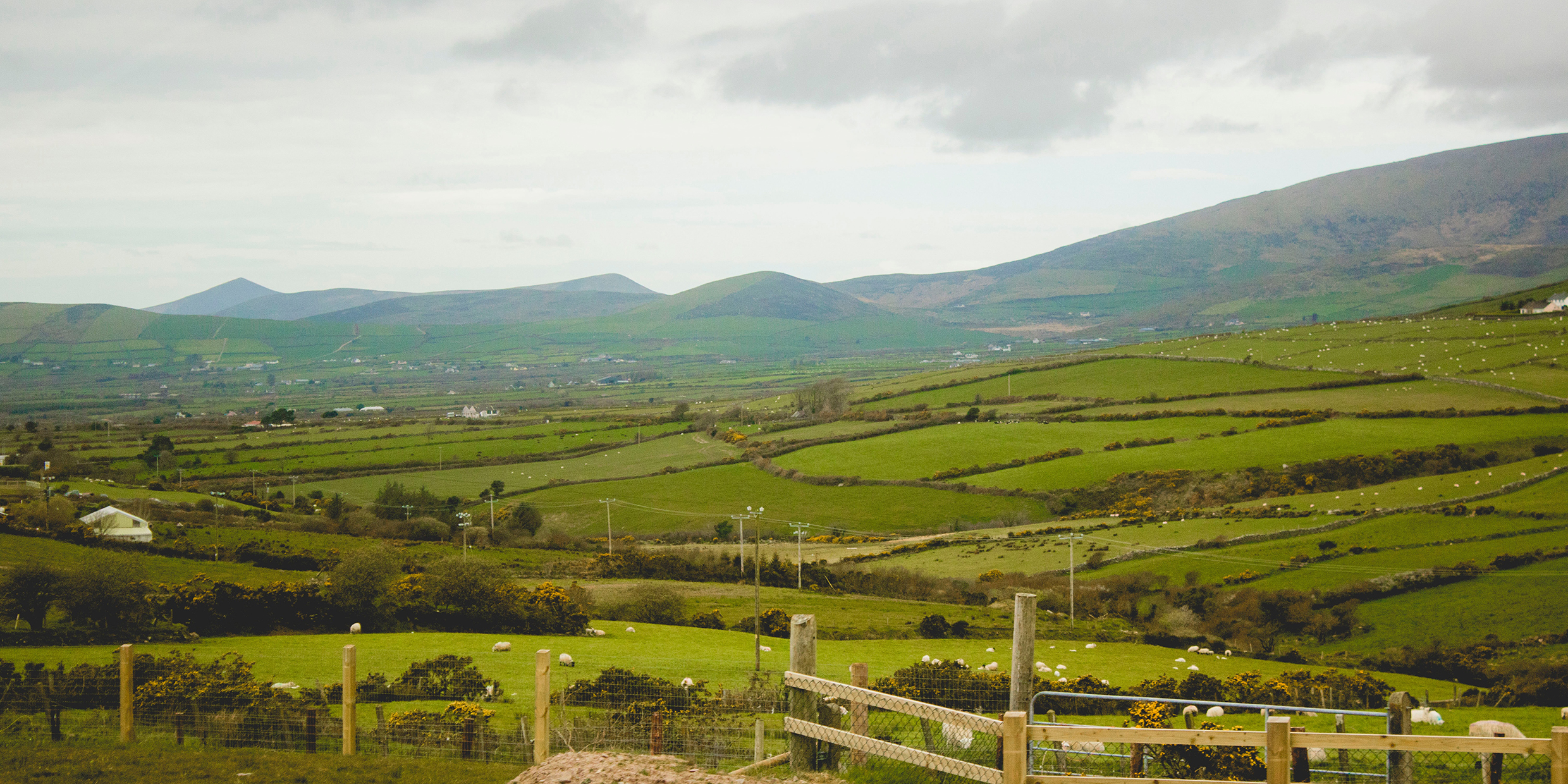Originally published 4 September 2001
KERRY, Ireland — Plant genetically modified, or GM, crops anywhere in Europe and in a trice you will have a crowd of protesters at your gate waving “Frankenfood” placards and lying down in front of tractors.
The furor over genetically modified foods has been stronger in Ireland than in the United States, where nearly three-quarters of the world’s genetically modified crops have been planted with less hubbub.
The idealism of the European GM protesters is admirable, but for all their black-and-white certainty about what is to be avoided, they have not yet articulated an environment-friendly program for feeding the billions of people on the planet, or the billions more who are on the way.
Genetic science has put powerful new technologies in the hands of farmers. Like all technologies, genetic engineering has the potential for conferring blessings on the human race — and terrible mischief, too.
What are the potential benefits? Professor Anthony Trewavas, a molecular biologist at Edinburgh University, said: “Helping to control devastating crop viruses and pests which destroy worldwide an estimated 40 percent of the harvest; to improve use of marginalized land and save genuine wilderness from the plough; to improve the nutritional quality of food to reduce blindness, child death, and reduce the incidence of spina bifida; to reduce the environmental impact of man on the planet; to produce vaccines in foods and pharmaceuticals in abundance, which should see the end of diseases such as cholera, hepatitis B, and eventually malaria; to improve cancer treatment and diagnosis; to help maintain and increase an abundance of food production and continue the reduction in food prices which dropped fourfold in real terms in the last century.”
Whew! Sounds fantastic. But scientists involved in genetically modified research can be expected to be boosters, and Trewavas’s gush can be taken with a spoonful of salt. There’s another side of the argument, too, not the least of which is our gut aversion to mixing the genes of different species.
As with most new technologies, such as nuclear power, the problems of genetically modified agriculture are more likely to become apparent after the fact rather than before. Which is why we must rely on government regulatory agencies, such as the US Food and Drug Administration and Department of Agriculture to insist that the application of genetically modified technologies be slow and cautious. Anti-GM anxieties about superweeds and species extinctions will keep the regulators on their toes, which is just where they should be.
Mistakes will inevitably be made, but no one — booster or detractor — has the prescience to know if the ultimate balance sheet for genetically modified foods will be plus or minus. Certainly, the environment is currently under greater and more certain strain from older technologies — automobiles, for example, which consume more and more of our land and resources, or fire, one of the oldest technologies of all, which is being used to wreak havoc on tropical habitats and species.
Then there’s the non-GM agricultural technology that is fouling the landscape outside my window in Ireland, and around the world.
Until a few years ago, I looked out upon an ancient patchwork of fields separated by hedgerows among which farmers rotated crops and animals in a system that naturally maintained the fertility of the soil. The varied fields and lush hedgerows supported a rich variety of wildlife.
It’s all gone now. Encouraged by government subsidies, farmers have knocked the hedgerows and planted their newly consolidated fields with a single intensive crop. To maintain the fertility of the soil, they rely upon chemical fertilizers, which make the crop susceptible to diseases that have to be countered with yet more chemicals. Nitrate runoff from the fields poisons streams and ground water. Wildlife is devastated.
The result of this epoch-making transformation of agriculture has been cheaper and more plentiful food on supermarket shelves and more prosperous farmers, but at what cost to taxpayers and the environment? Where were the radical protesters when this was happening? I know of no consequence of genetically modified foods more harmful to the environment than the switch from mixed farming to chemical-based monocultures.
But I tend to be an optimist when it comes to technology, and I suspect that we will eventually see a return to more environment-friendly forms of agriculture, in Ireland and in other parts of the world. Genetically modified plants and animals will be part of a yet-to-be-imagined equation, incorporating new cross-bred crops, mixed farming, crop rotation, and the sparing use of synthetic fertilizers and pest controls.
Finding the balance that will work best for feeding the 8 or 9 billion people we can expect by mid-century, while protecting as many other species as possible, will take the combined wisdom of farmers, scientists, ethicists, environmentalists, agribusiness managers, government regulators, politicians, and, yes, the feisty young radicals who inject urgency and idealism into the debate.




While we can never know very accurately “where all this will lead us” we do know very well where not using our new biotech abilities will lead us – more expensive food and poorer nutrition and probably periods of regional starvation. Also less and less land for wildness. Either we take draconian steps to reduce population or accept reasonable risks of biotech agriculture. Only this week we’ve read that bioengineering has created wheat and other crops that can create their own nitrogen fertilizers – as legumes already do. Think of what this will do to relieve the nitrate runoffs and make food less expensive. Ask people in poor countries if they are willing to take the risks. Better not ask them why elites in Europe and the US would rather have them starve.